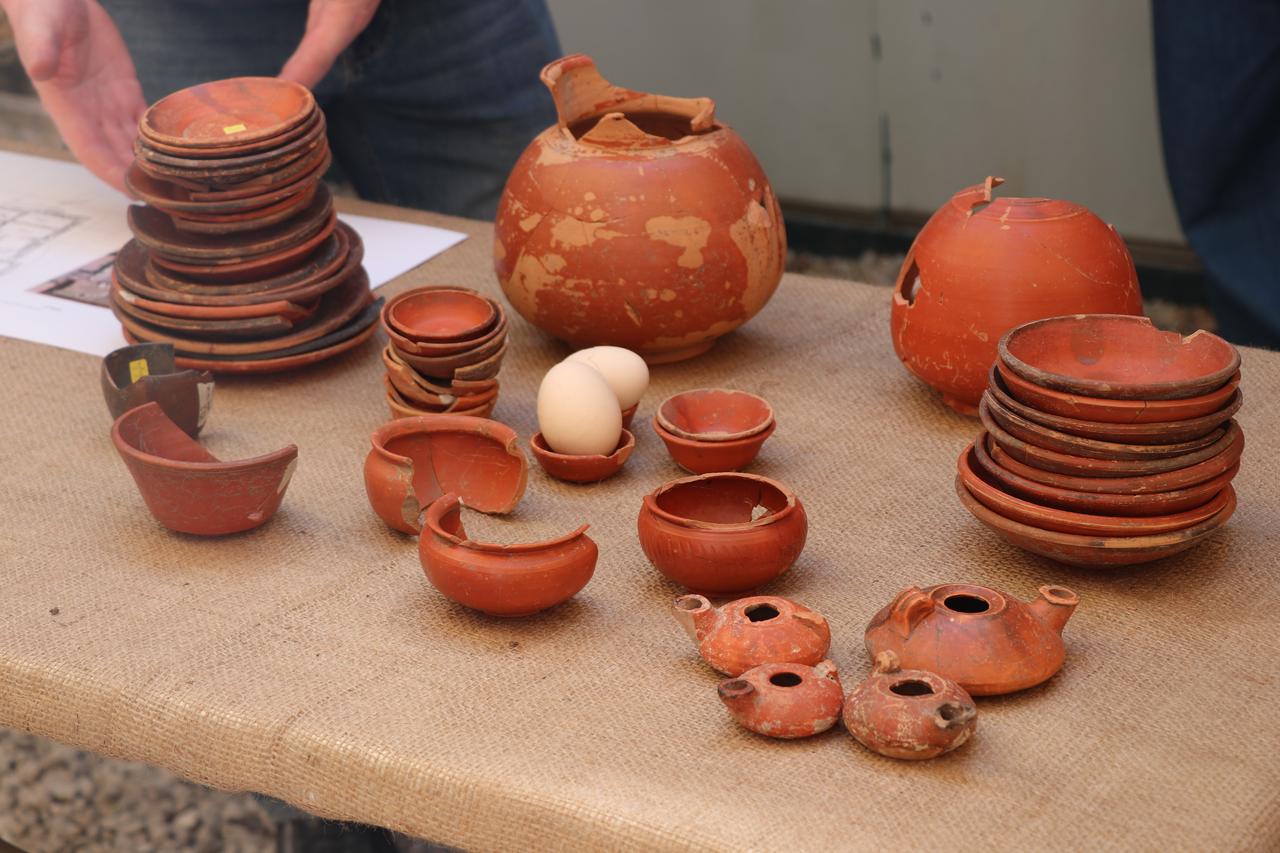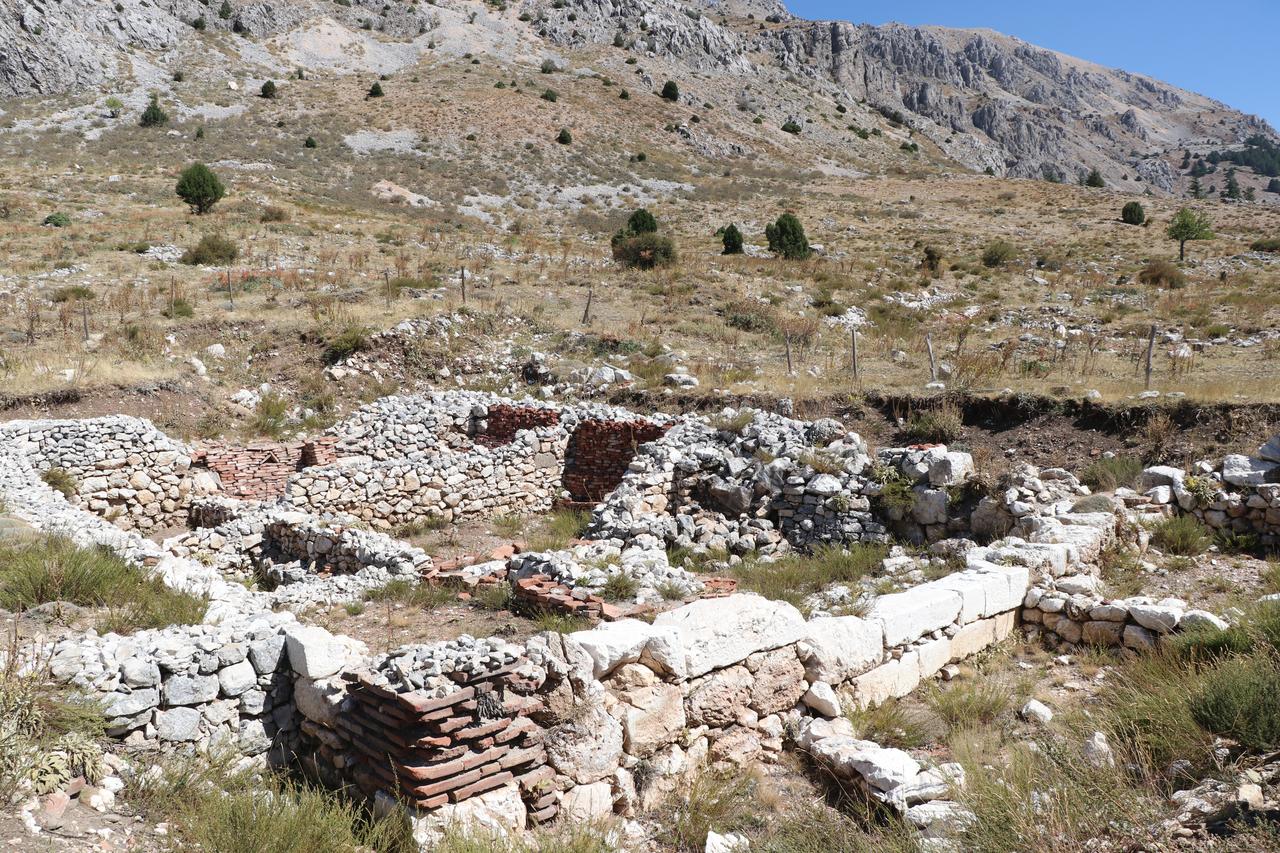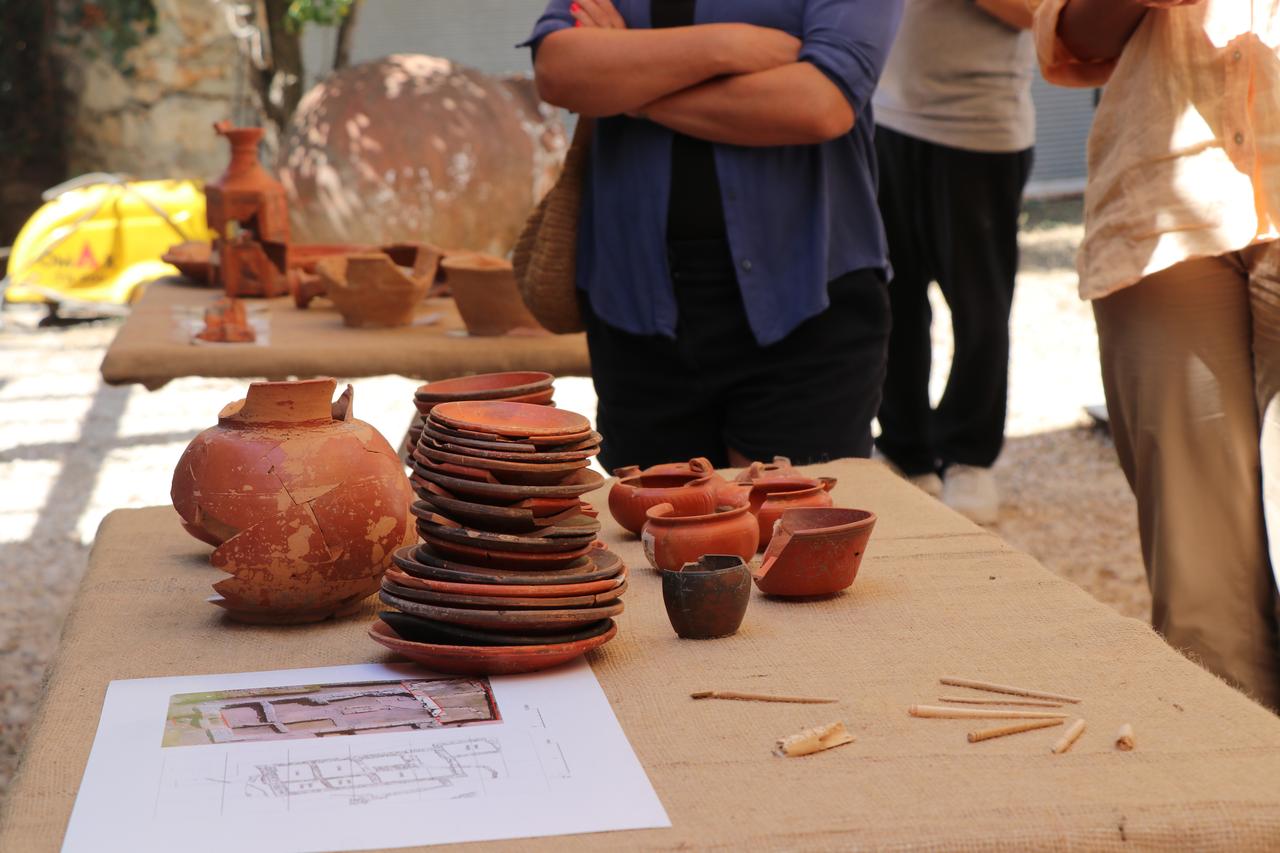
Archaeologists working at Sagalassos, one of the key cities of the ancient region of Pisidia, say a large building unearthed near dozens of workshops likely hosted the organized activities of Roman-era associations roughly 1,800 years ago.
In Türkiye’s Burdur province, in the district of Aglasun, excavations at Sagalassos—on the UNESCO World Heritage Tentative List (a national shortlist of sites proposed for future inscription)—continue to bring new structures to light.
Geophysical survey over an 8-hectare area identified close to 80 workshops linked to crafts such as pottery, textiles, and copperworking. Right beside these spaces, researchers exposed part of a large structure that, based on context, appears to have been set aside for guild-like associations, including trade groups and religious associations that organized events.

The structure stands out because it lacks furnaces or other features typical of a workshop.
Excavators instead found disposal areas along the walls filled with food remains and utensils, pointing to organized meals and events—such as meetings, banquets, and weddings—being held inside.
Finds from the refuse heaps suggest modest, everyday fare. Researchers describe animal parts like cow shanks and pig ears among the remains, which line up with communal meals rather than elite banquets.
Thousands of ceramic fragments from serving vessels turned up as well, and teams are gradually reassembling them to understand how these gatherings were staged.
Hairpins recovered during the dig indicate that women attended at least some of these meals and celebrations.
The evidence also supports the view that nearby pottery workshops were run on a family basis, which helps explain why entire households may have joined association events.
Professor Jeroen Poblome of KU Leuven University notes that an inscription found at Sagalassos mentions a textile association, while pottery production was present on a larger scale across the city.
He says teams have started investigating a substantial “potters’ quarter” behind the theater and will keep digging in hopes of locating a direct inscription for a potters’ association as well.

Poblome describes the discovery of a fully “set” association event inside the building—abandoned in place with its food remains and tableware—as exceptionally informative. As he puts it, “as far as I know, unique for the Roman world.”
He also says that when there was a party, families came together, and excavation layers suggest repeated use over time, with many disposal areas pointing to frequent gatherings.
Archaeologists report thousands of ceramic pieces from the building, which they are joining one by one to reconstruct the sequence of events.
They plan to continue excavations around the workshops and the building to firm up how associations organized themselves and how they used shared spaces alongside family-run craft production.